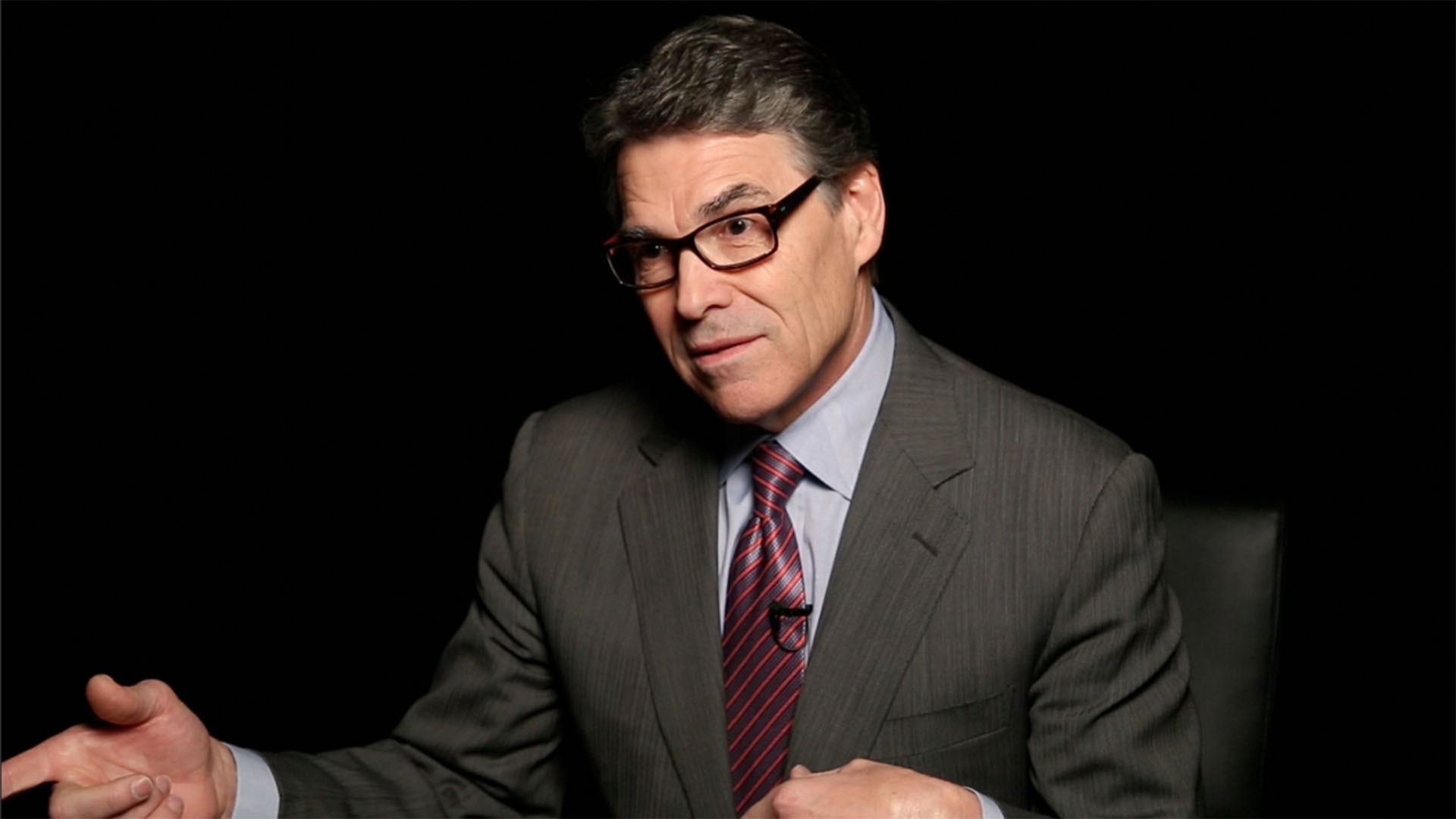When Donald Trump tapped Texas Governor Rick Perry to lead the U.S. Department of Energy, many critics were quick to respond. We were reminded of the time when, during one of his own unsuccessful presidential bids, Gov. Perry vowed to eliminate the DOE, then forgot its name on national television. It has also been pointed out that he does not come with the same scientific expertise as former DOE heads; for example, his BS in Animal Science does not quite hold a candle to his predecessor’s tenure as the Head of MIT’s Physics Department.
Given this shaky introduction, those of us in renewable energy have wondered what Rick Perry’s pick could mean for our industry — especially with an administration that has not offered a lot of support for clean energy. However, recent days have offered evidence that, while Gov. Perry, if confirmed, might not be the ideal candidate to carry the torch of progressive energy policy, we could certainly do a lot worse.
In his confirmation hearing last week, Perry got ahead of his critics, saying “My past statements made over five years ago about abolishing the Department of Energy do not reflect my current thinking.” He even strengthened this statement by saying “In fact, after being briefed on so many of the vital functions of the Department of Energy, I regret recommending its elimination.”
Now that he has assuaged concerns that he still plans mothball the agency, the question of direction remains. When pressed on climate, he repeated the “man contributes but extent is unclear” opinion that many of the nominees have used. While this falls short of what liberal leaders would like to hear, it goes further than anything the new White House has said.
While Rick Perry will be more friendly to fossil fuel, he is far from close minded on clean technologies, stating “I am committed to the continuation of using brilliant scientists, the private sector and universities in collaborating on finding solutions to challenges…whether on renewables or use of resources in a more efficient, safe, effective manner.”
He has certainly proven support for this “all of the above” strategy. During his tenure as governor of Texas, Perry was far ahead of the rest of the country when it came to clean energy initiatives. Under 15 years of his leadership, wind energy has grown from 100MW in 2000 to a nation leading 11,000MW today.
From the perspective of the renewable energy industry, Gov. Perry may not be ideal, but both his words and his actions show that he will not forget clean energy. The question remaining is how much of a leash will he have to support it. President Trump’s proposed federal budget cuts will hit DOE hard, and it is difficult to imagine that renewable research will be seen as more essential than, say, managing our nuclear stockpile.
The biggest loser here may be emerging technologies — whether or not Perry agrees, the DOE may have to cut funding to programs, such as the National Renewable Energy Laboratory, that the administration sees as superfluous.
Fortunately for more established technologies, such as wind and solar, their future is more immune. As wind and solar continue to become economically competitive with other energy sources, private funding will increase and federal support will play a decreasing role in their booming expansion.


Leave A Comment